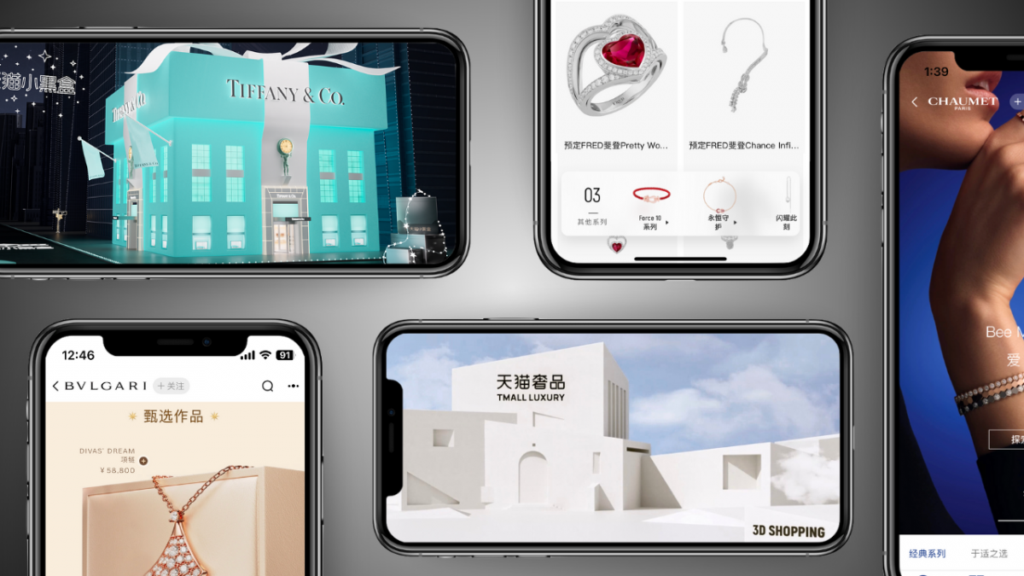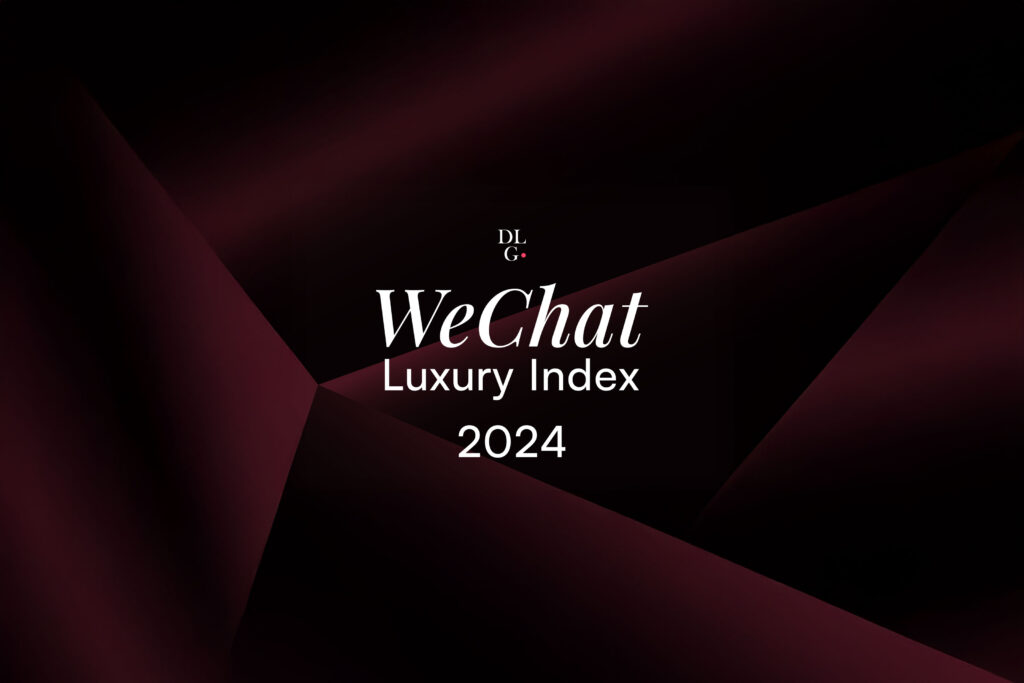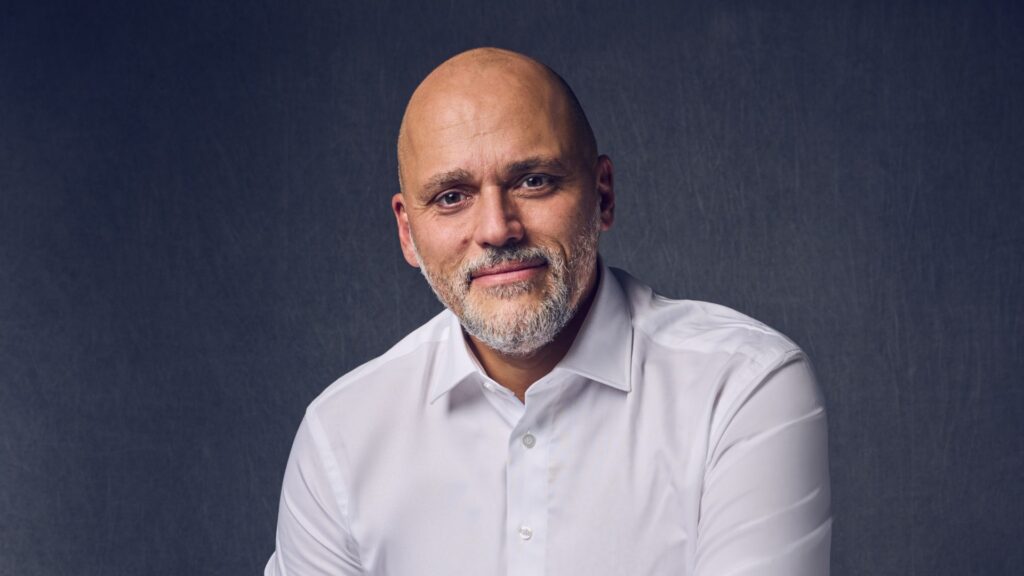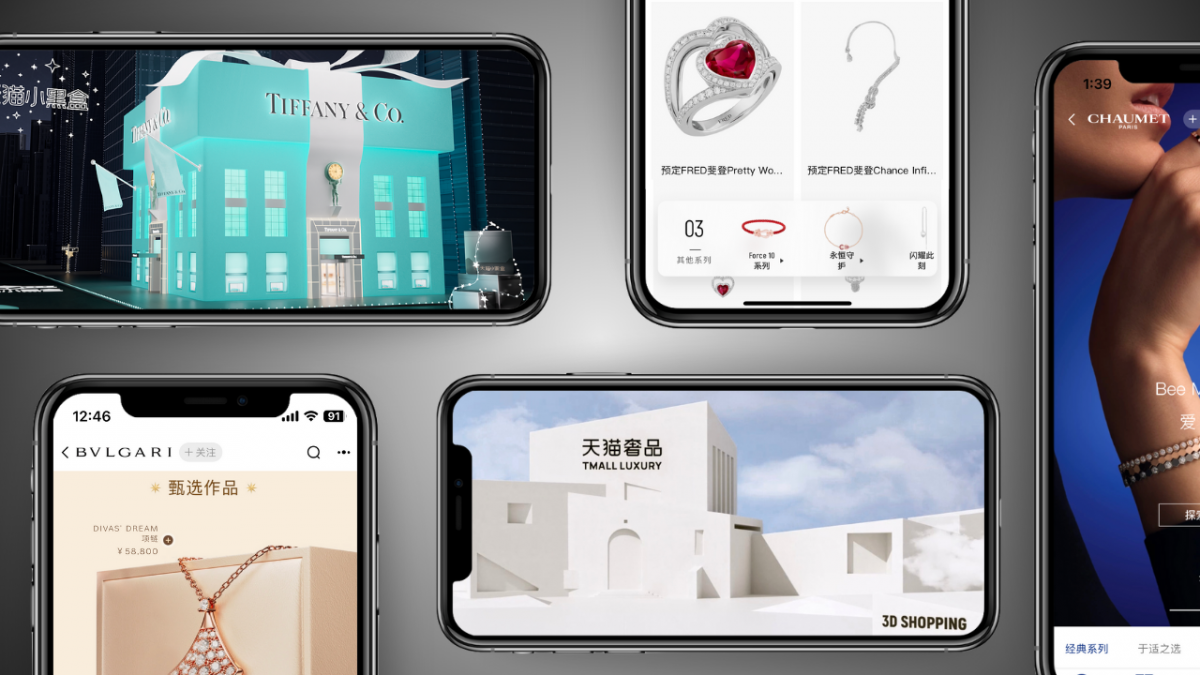Our initial reaction to technology is to see it as a direct threat towards traditional craftsmanship. However, this presupposition, and thus our understanding of craft is actually beginning to change. Cream UK’s Neil Cunningham explains.


Handmade v manmade
In the world of luxury fashion craft v technology is an ever-present tension as a contest between handmade v machine-made. The recent Issey Miyake ‘MANUS X MACHINA – Fashion in an Age of Technology’ was a surprise to people because it debunked some of the mythologies around the handmade and the machine made. Handmade has always been closely associated with luxury, with superiority; something that is elitist. Whereas the “machinic” has been something about progress and the future, but simultaneously something that is de-humanisation. Miyake felt like these values don’t really hold up any more. Sometimes a garment that’s been machine made has more hours spent on it and more attention to fine details than an item made by hand.

Untangling craft & nostalgia
Craft is constantly being reappraised. We have seen tensions between craft & nostalgia in the world of fine jewellery for a number of years. The historic process of deep sea diving for pearls meant that each discovery was a serendipitous moment in time and each piece of jewellery was exquisite in its rarity. With the advent of cultured pearl generation, we have seen the serendipity and rarity removed, but in its place a new craft comes to the fore, with brands like Mikimoto losing none of their desirability or allure. We are now seeing the same trend in man-made laboratory grown diamonds. This is a world away from the lexicon that purveyors of diamonds like Graff have traded on for generations, and challenges whether craft can truly be reimagined in a technologically advanced landscape when nostalgia is so strong for the ‘tradition’.

Smart watch or horological timepiece?
The changing definition of craft comes to the most colossal blows in the world of luxury watches. The hand crafted haute horological timepiece made with only the finest Swiss materials versus the Apple Watch are two completely different propositions. However, in this new technological era where tech can be beautiful, how well founded are these assumptions? The old craft of an independent niche Swiss watch house and the technology driving the smart watch movement both seek to fundamentally solve the same problem; expressing status and personal style (not to forget telling the time). Smartwatches used to be just functional extensions of your iPhone. Now, they are more about style and personality with many different choices of design and collaborations. However, it is undeniable that such objects yearn for the sentiment and soulfulness of horological collector’s pieces such as Patek Philippe or H. Moser. This is evidenced in Apple’s collaboration with Hermès to create a watch steeped in a deep heritage of design and craft. And similarly, the astounding technology and futuristic artistry of Apple’s designs would be a new and interesting association for Hermés. This move by Apple is a curious re-imagining of craft because it at once concedes a weakness in their product whilst highlighting their greatest strength; that new ‘clean’ minimalist brands can offer heritage and luxury brands a shortcut to modernity. Whichever way you position a luxury watch, it seems that the changing meaning of craft ensures that there are innumerate opportunities for ambitious brands.
Conclusion
We are at a fascinating inflection point, where crafts, old and modern, are intermingling, and opening many new avenues for brands to differentiate and build products that will serve them long into the future. Ryan Avent in his analysis of the changing concept of work in 1843 says that ‘top professionals are the master craftsmen of the age, shaping high-quality, bespoke products from beginning to end.’ The thinking and inner-passion behind the work is actually more valued than the end product, because this is what imbues the final product with its story, its idiosyncrasy, its value. Purposeful exertions are more appealing than tradition for tradition’s sake.
In terms of whether humans or technology wins in the re-imagining of skill and craft, it is not a case of either/or. Brands, as has always been the case must speak authentically about what it is that they are trying to achieve, and why they believe their design & production process is the perfect reflection of their brand DNA. It is about pulling out soul, humanity, and giving consumers a sentiment to believe & participate in, but there is nothing to say that an Apple laptop hasn’t achieved this.








